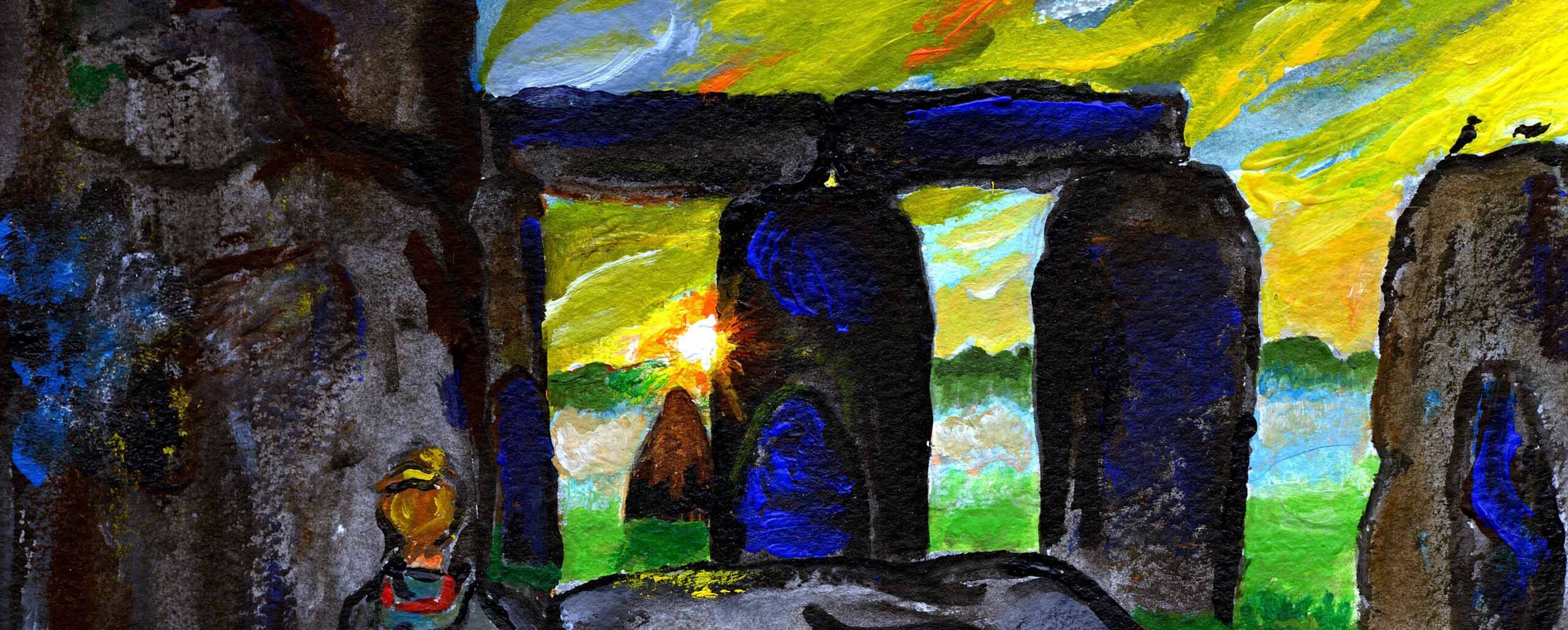Mercury for the third time this year swings out as far as it can from the Sun into the morning sky.
Here is the pre-dawn scene for an American location, on the morning nearest to the time of greatest elongation (angular distance from the Sun)..

See the end note about enlarging illustrations. Arrows through the moving bodies show their movement (against the starry background) from 2 days earlier to 2 days later.
And here again is our graph (from page 108 of Astronomical Calendar 2024) comparing Mercury apparitions.

The gray and blue humps represent excursions into the eastern (evening) and western (morning) sky respectively, and the figures over them are the elongations attained. But elongation does not translate directly into altitude – height above your horizon. The line curves represent altitude reach at sunset or sunrise for an observer at latitude 40° north (thick line) and 35° south (thin).
Our horizon scene, above, is not drawn for the moment of sunrise but for 45 minutes before that, so Mercury’s altitude is only about 4°.
You can see that this third morning apparition reaches a much lower maximum of elongation the others. Yet for North America and Europe it is the best! – just. Because of the steep angle of the ecliptic (along which the Sun and planets travel) relative to the north-hemisphere evening horizon at this time of year, Mercury stands almost vertically above the Sun. We could put it that Mercury takes full advantage of its elongation.
Reportedly, King Regulus has sent down an order to the delinquent little planet to behave more regularly.
__________
This weblog maintains its right to be about astronomy or anything under the sun.
ILLUSTRATIONS in these posts are made with precision but have to be inserted in another format. You may be able to enlarge them on your monitor.
One way: right-click, and choose ”View image” or ”Open image in new tab”, then enlarge. Or choose ”Copy image”, then put it on your desktop, then open it. On an iPad or phone, use the finger gesture that enlarges (spreading with two fingers, or tapping and dragging with three fingers). Other methods have been suggested, such as dragging the image to the desktop and opening it in other ways.
Sometimes I make improvements or corrections to a post after publishing it. If you click on the title, rather than on ‘Read more’, I think you are sure to see the latest version. Or, if you click ‘Refresh’ or press function key 5, you’ll see the latest version.

Great view this morning (9-8-2024) from the mesa just east of Taos, NM.
I saw Mercury rise over Potrero hill from my back porch this morning, for the first time during his current apparition. The sky was clear and I was up before dawn. I also had my first view of the Beehive cluster this season, through binoculars. It was a lovely morning. I hope to see Mercury pass close to Regulus.